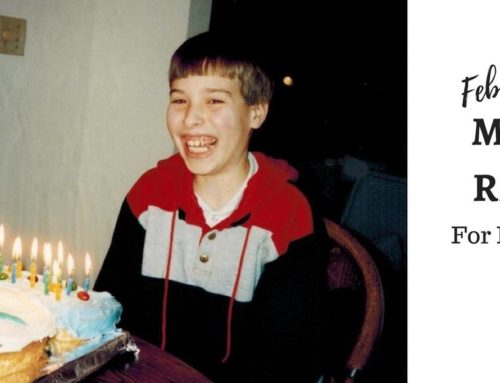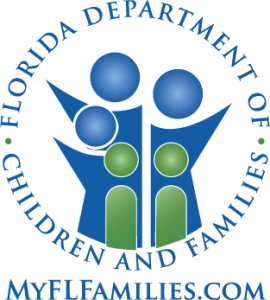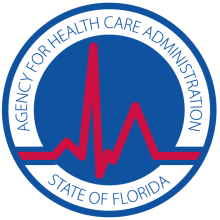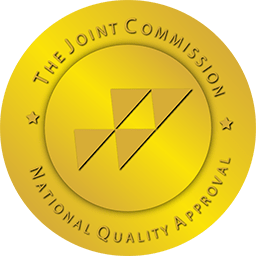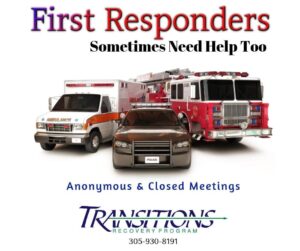
It’s estimated that 1 in 10 first responders will suffer from Post-Traumatic Stress Disorder, also known as PTSD.
And it’s no surprise: firefighters, law enforcement, and EMTs are routinely exposed to traumatic situations and traumatized people. While the men and women in these professions are generally thought of as “tough,” this mental and physical fortitude can sometimes be eroded by exposure to worst-case scenarios day in and day out. These situations elevate the fight or flight response in our bodies. Repeated spikes in stress hormones can make lasting changes to the chemical pathways in our brains and contribute to the development of compassion fatigue, burnout, vicarious trauma, and PTSD.
Today, we’ll look at the top 4 conditions first responders grapple with during addiction treatment and learn the causes and symptoms of each.
Compassion Fatigue in First Responders

First responders not only respond to emergencies, they also respond to the people in those emergencies. The individuals they serve are often struggling through traumatic man-made and natural disasters like floods, fires, workplace accidents, car wrecks, shootings, or the sudden death of a loved one. Even if the first responder wasn’t present for the actual catastrophe, they are frequently face-to-face with those who were.
These interactions with trauma survivors require high levels of compassion from responders. Compassion is a finite resource that needs to be regenerated by rest and relaxation. If first responders aren’t able to take enough time off between episodes requiring high levels of compassion, the result is compassion fatigue, an erosion of emotional and physical wellbeing that can have profoundly negative effects on the first responder.
First responders suffering from compassion fatigue can experience:
- Exhaustion
- Disrupted sleep
- Anxiety
- Headaches
- Stomach aches
- Irritability
- Numbness
- Loss of purpose
- Emotional disconnection
- Problems with interpersonal relationships
- Self-medication with alcohol, drugs, sex, gambling, or food
When compassion fatigue is not interrupted with treatment, it can easily develop into depression, anxiety, and/or PTSD.
Secondary or Vicarious Trauma in First Responders
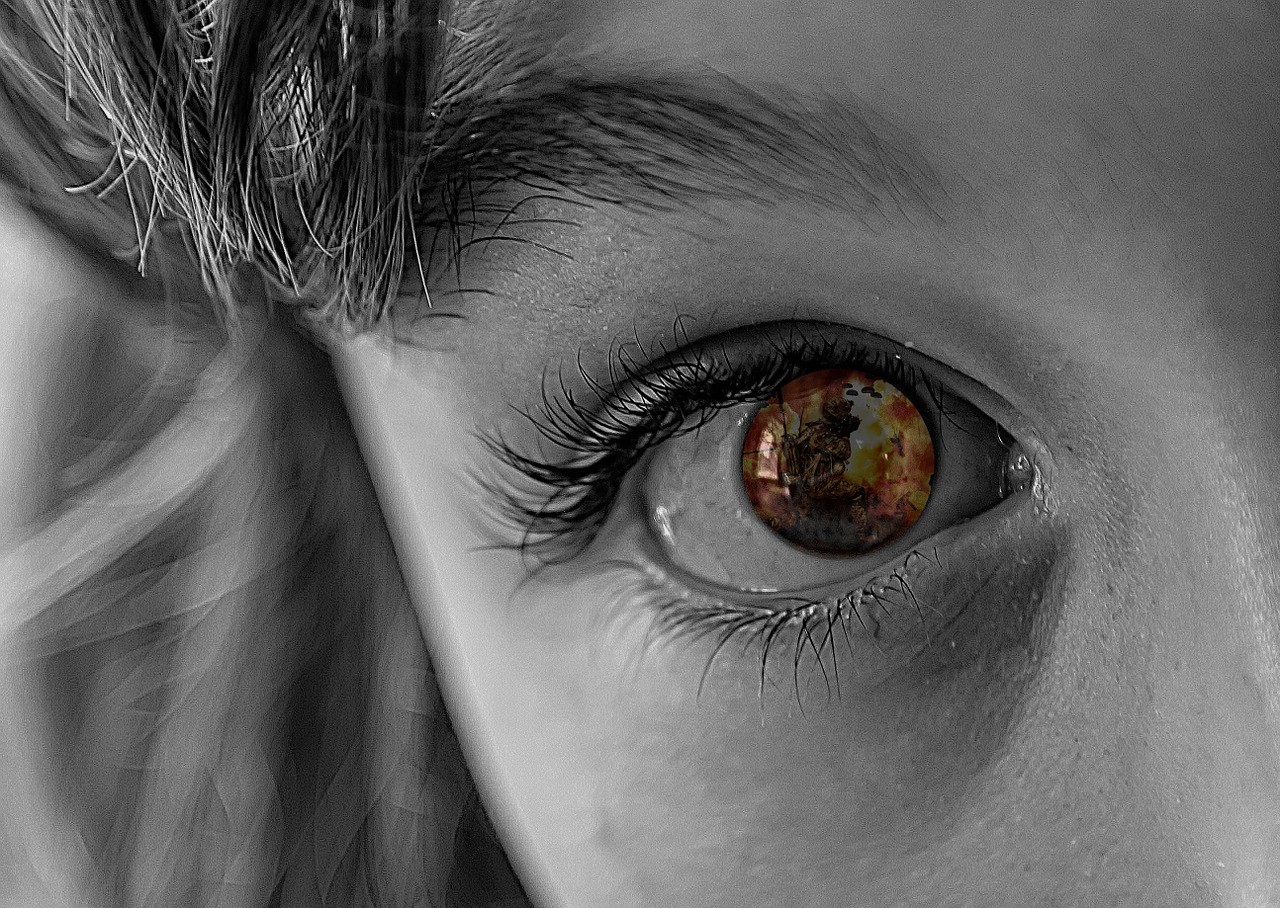
Like compassion fatigue, vicarious trauma (also known as “secondary trauma”) is another mental health concern that results from indirect exposure to traumatic events. The term was first coined by Pearlman and Saakvitne in 1995 to describe a behavioral health phenomenon they observed while working with counselors specializing in helping those with a history of sexual abuse.
While compassion fatigue is an erosion of emotional and physical wellbeing, vicarious trauma describes a dramatic shift in worldview that can happen with repeated exposure to others who have experienced trauma. Rather than simply feeling depleted and “used up,” first responders suffering from vicarious trauma begin to see the world differently, usually through a more negative and pessimistic lens. This change in world view can have very negative effects on the first responder’s mental and physical health, as well as her relationships.
It’s very possible for first responders to suffer from both compassion fatigue and vicarious trauma. The effects are cumulative, meaning the more exposures to trauma a first responder experiences, the worse their compassion fatigue and/or vicarious trauma becomes.
Burnout in First Responders
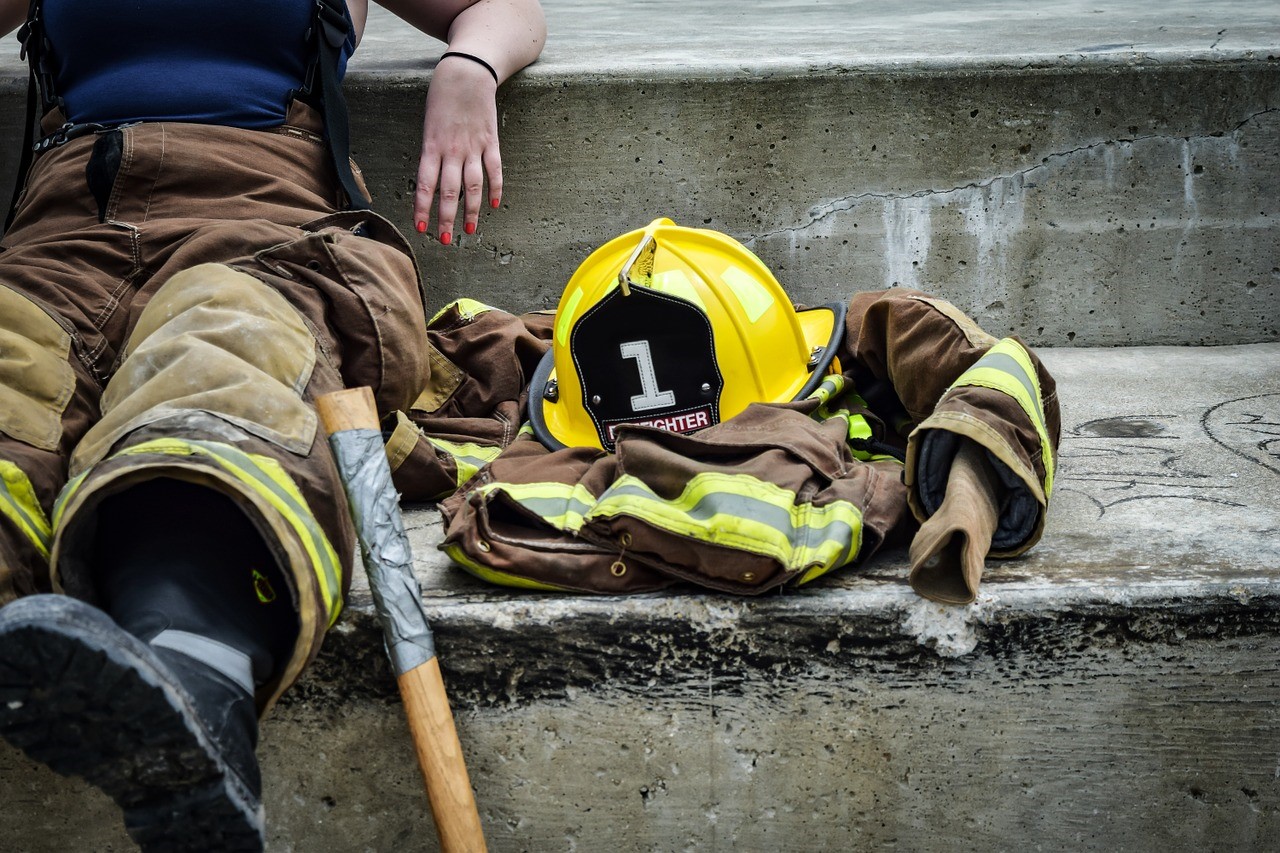
The term “burnout” was first coined in the 70’s by psychologist Herbert Freudenberger, who developed the term to describe the high levels of workplace related stress and dissatisfaction he found among those in the “helping” professions.
First responders experiencing burnout will feel exhausted, alienated from coworkers, and detached from the work they do. As they become increasingly apathetic about their work, their performance will suffer. Absenteeism is frequently a problem for first responders experiencing burnout. When first responders with burnout do report for duty, they work robotically and are prone to making mistakes because they are so “checked out” at work.
First responders suffering from burnout don’t necessarily find it difficult to feel empathy for others (as is the case with compassion fatigue) and don’t necessarily have a globally negative world view (as is the case with vicarious trauma).
If left untreated, burnout can cause physical symptoms like headaches and stomach pains, just like compassion fatigue. First responders with burnout are at high risk of ending their careers prematurely, either by termination for poor performance or by quitting abruptly without thinking the decision through.
While there is no diagnosis criteria for burnout, clinicians frequently use the Maslach Burnout Inventory to assess patients for burnout. You can access that test and see where you land on the burnout scale here.
PTSD in First Responders

Unlike compassion fatigue, vicarious trauma and burnout—which are definitely real but only informally “diagnosed”—PTSD is a recognized medical condition with a highly organized diagnosis criteria. As a result of the grueling work they do, 4.7% of police officers, 4.6% of EMTs, 7.3% of firefighters, and 14.5% of other rescue teams will experience PTSD throughout the lifespan of their careers.
First identified during WWI, PTSD was originally called “shell shock” to describe the post-combat behavior of some soldiers. Formally codified into a medical diagnosis in 1980, PTSD is best understood as a dysregulation of adrenaline in the body triggered by a traumatic event.
Like compassion fatigue, vicarious trauma, and burnout, PTSD can easily lead to addiction through self-medicating with drugs or alcohol. The condition affects daily functioning at work and home, so it’s understandable that many first responders initially try to dull the symptoms with substances.
Symptoms of PTSD include:
- Distressing memories (or flashbacks) of traumatic events
- Nightmares
- Irritability, angry outbursts, or aggressive behavior
- Feeling “on guard”
- Difficulty concentrating
- Trouble sleeping
- Feeling guilt or shame
- Overactive startle response
- Self-destructive behavior (like drug and alcohol abuse)
- Avoiding places or situations that remind you of the traumatic event
- Difficulty experiencing positive emotions
- Memory problems
There is Hope for First Responders Struggling with Substance Use Disorder
At Transitions Recovery Program, we take your wellbeing very seriously and we know that the material in this post can be triggering for some of you out there, so if you or a loved one is experiencing suicidal thoughts because of trauma related to first responder work, call the National Suicide Prevention Lifeline right away at 800-626-1980. They are open 24 hours a day.
If you’re ready to get help for addiction from people who understand first responders and the unique struggles they face, call 800-626-1980 to learn more about our PTSD substance abuse program and why it’s a great fit for first responders.
This content was written by addiction treatment counselor Erin Gilday.


